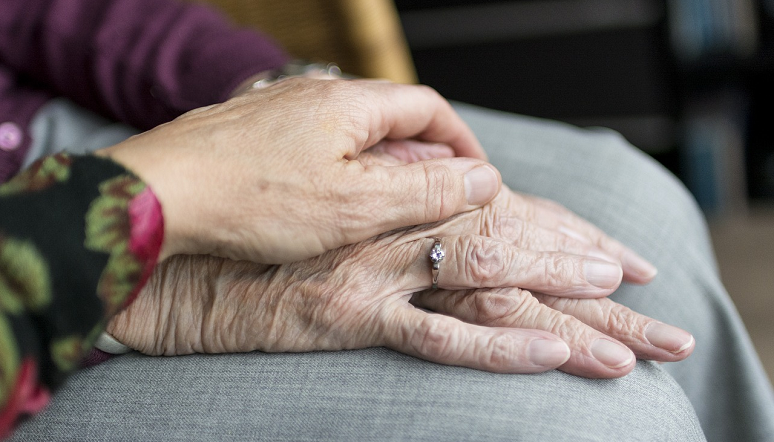The 2017 U.S. Census
reported that approximately 47 million seniors live in the U.S. — a number that the
Population Reference Bureau projects will double to 100 million in 2060. As the number of patients 65 years of age and older increases, providing quality care to the nation’s aging population is of great concern to healthcare systems today -- and one that is bringing unique challenges as well.
To say that healthcare has experienced vast change over the last few decades would be an understatement. Today’s senior population grew up in a time where house calls were still a standard way of receiving healthcare from local providers. However, while house calls as a practice have come and gone in the healthcare world, convenience and personalized communication with a healthcare provider remain top priorities in today’s system.
Telehealth & UC Expanding Care
In the last decade alone, advancements in digital technology have completely reshaped the way that today’s seniors are receiving the care they need. Telehealth is one of the most significant terms buzzing around the industry today — and rightly so. According to
AARP, the telehealth industry will reach $36.2 billion by 2020, up from $14.3 billion in 2013. From remote monitoring wearable devices to the ability to visit virtually with a doctor from a mobile device or home computer, the significance that telehealth has already had on improving care for the nation’s senior population is immense.
Because of this, seniors are living longer, and therefore, will need even better access to care. Specifically, unified communications (UC) technology is poised to have a significant impact on the future of senior healthcare, as many UC solutions now offer advanced capabilities such as chatbots and artificial intelligence (AI)-driven features to make care coordination more seamless.
AI is the New UC
Healthcare organizations across the U.S. are turning to UC solutions in their contact centers to help streamline patient communications and enhance the patient experience. UC solutions have long been helping to provide patients with a variety of options in which to communicate with their providers — whether scheduling an appointment or asking a question about a medication. Today’s patients also live in an increasingly digital world, and have come to expect a certain level of convenience in communicating with their doctors.
Although telehealth has already seen a great deal of growth in terms of contact centers transforming patient communications, chatbot technology (driven by AI) is likely to be the next area of expansion for telehealth. The allure of AI in healthcare is not only the convenience it can offer to patients in communicating with a provider, but also the amount of money it can save organizations in the long run. In fact, Accenture
reports that key clinical health AI applications can potentially create $150 billion in annual savings for the U.S. healthcare economy by 2026.
Bots for Better Care
Chatbot technology in healthcare can be used to expand hours of service to patients. Whether for providing nurse triage assistance at odd hours of the night or enabling patients to schedule appointments in real time with their provider while on-the-go, bot technology is proving its worth in the patient experience of the healthcare journey. Chatbot technology can be especially helpful for seniors by offering another immediate resource to answers and care in situations when they may not otherwise be able to receive immediate attention.
For example, consider a senior who lives in a rural area and was recently prescribed a new medication by their provider. Days after starting the medication, the patient experiences symptoms that are consistent with a severe side effect, but they are unsure if they need to go through the hassle of traveling to the hospital or clinic. Chatbot technology could offer the senior assistance in evaluating the symptoms and determining a care plan.
Consistency & Convenience for Chronic Disease Care
For seniors who have chronic disease(s), providing adequate and accessible care is also of great significance in today’s healthcare landscape. AARP also reports that the number of seniors requiring
additional caregiving and support due to chronic disease will increase from about 14% of the population in 2010 to 21% in 2050. Patients suffering from chronic disease can benefit immensely from enhanced communication with their provider to ensure that symptoms are appropriately managed.
UC and AI make communication much more accessible for seniors who may have a difficult time traveling on their own to a medical facility or who do not have loved ones available to help transport them to a medical appointment. Using a chatbot or UC technology for a video visit with a provider can make a major difference when it comes to managing symptoms and medications for those suffering with chronic diseases.
Unified communications’ role in elderly care has only just begun, and the potential that it holds moving forward is enormous.










